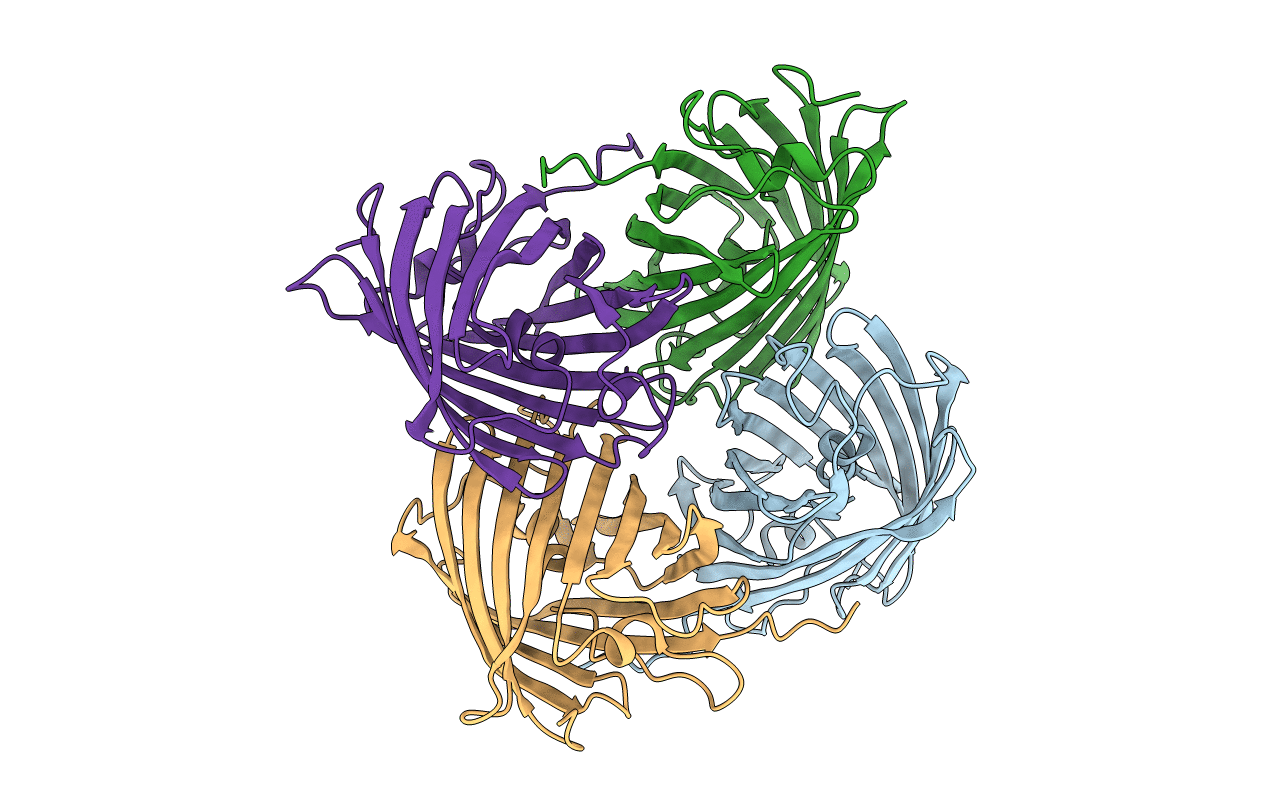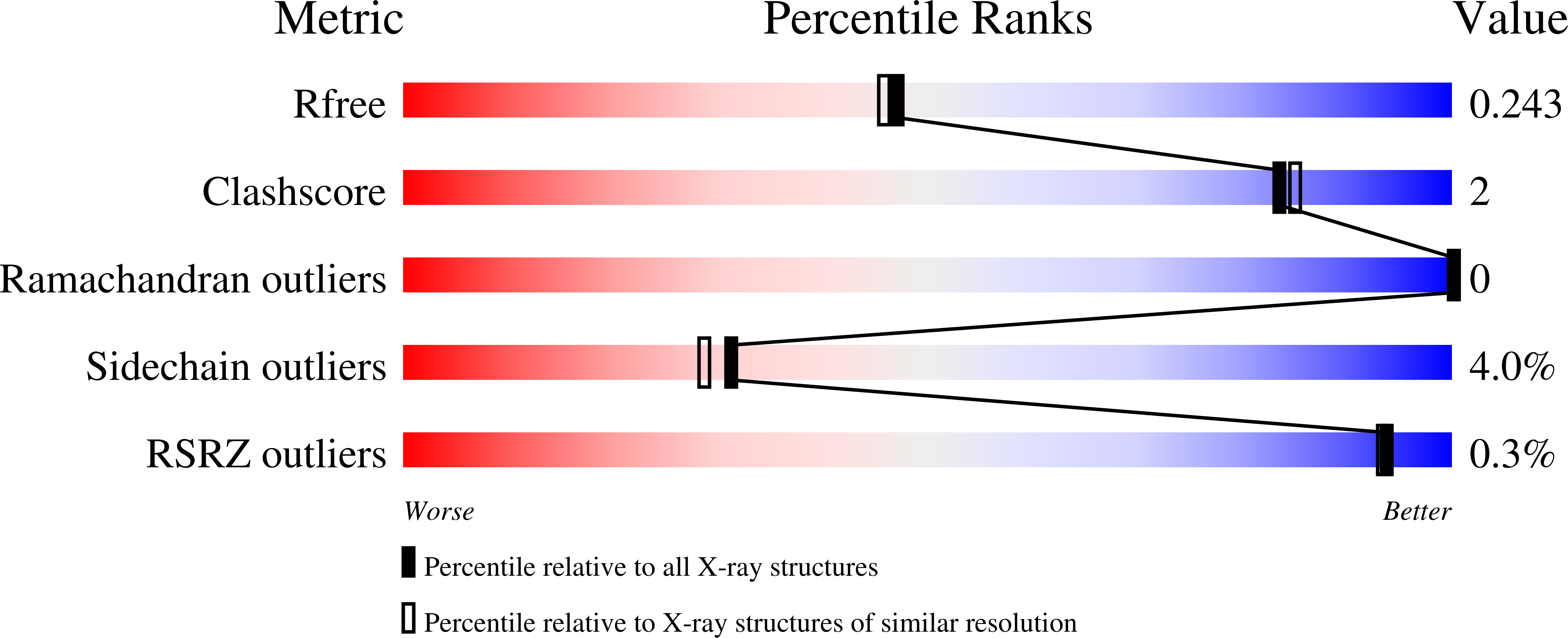
Deposition Date
2021-11-21
Release Date
2022-04-20
Last Version Date
2023-11-15
Entry Detail
Biological Source:
Source Organism:
Echinopora forskaliana (Taxon ID: 526284)
Host Organism:
Method Details:
Experimental Method:
Resolution:
2.01 Å
R-Value Free:
0.25
R-Value Work:
0.20
R-Value Observed:
0.21
Space Group:
P 21 21 21


